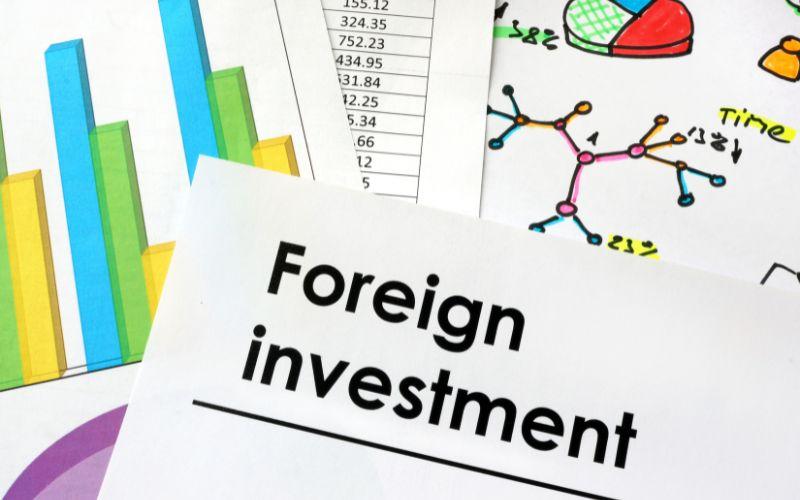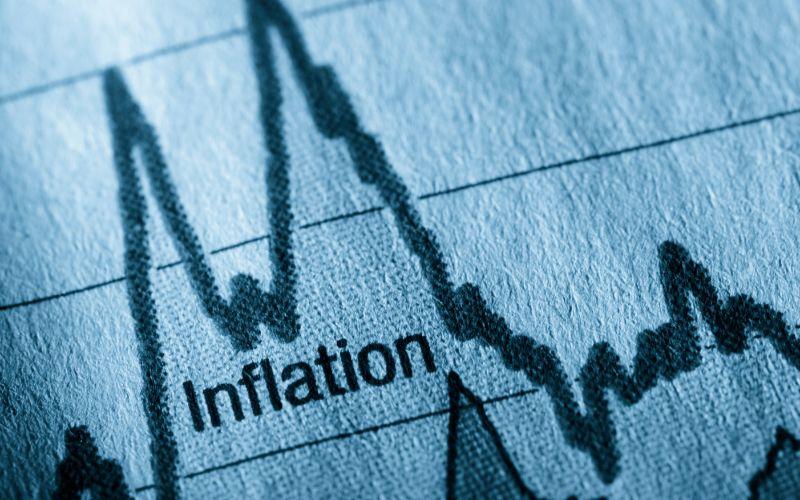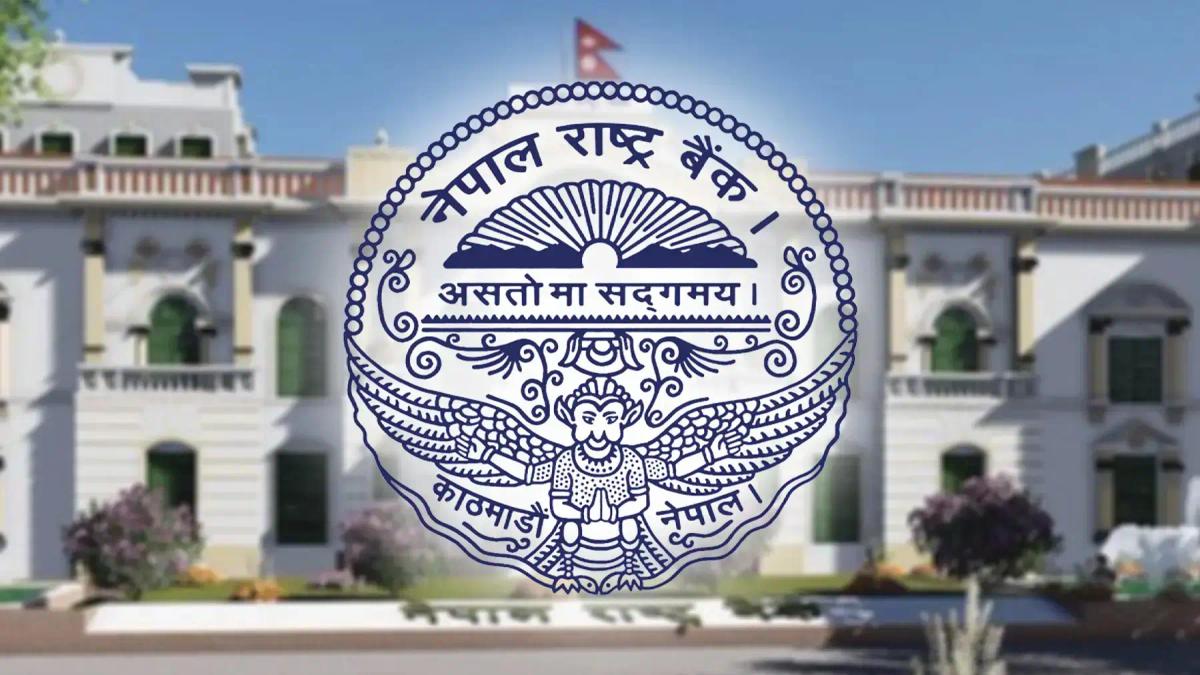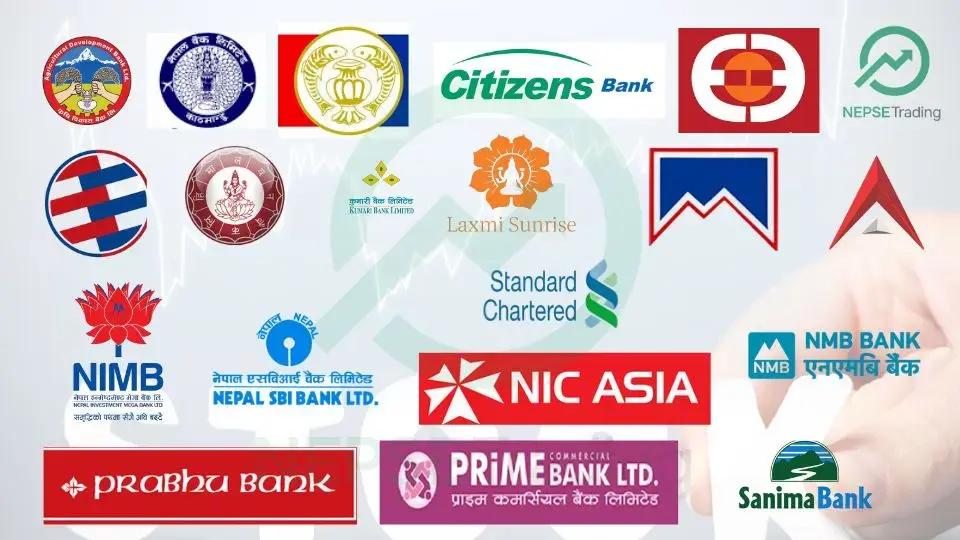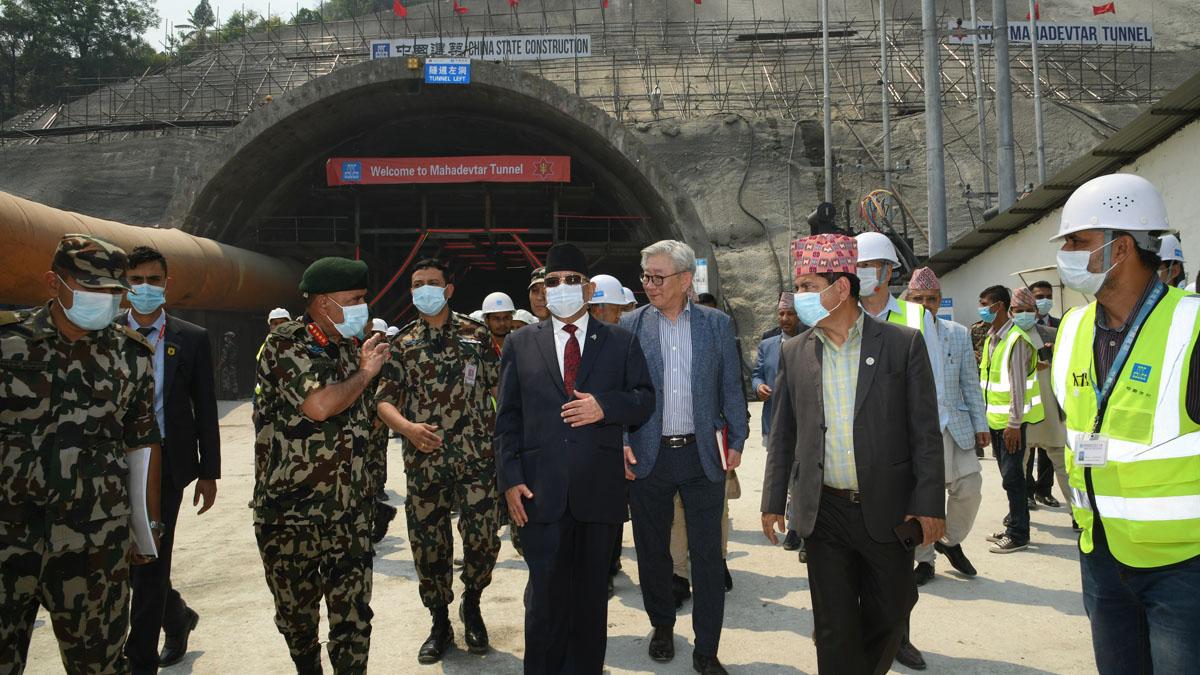By Dipesh Ghimire
Inflation Falls Sharply as Food Prices Enter Deflation; Wage Growth Weakens Amid Slow Economic Activity
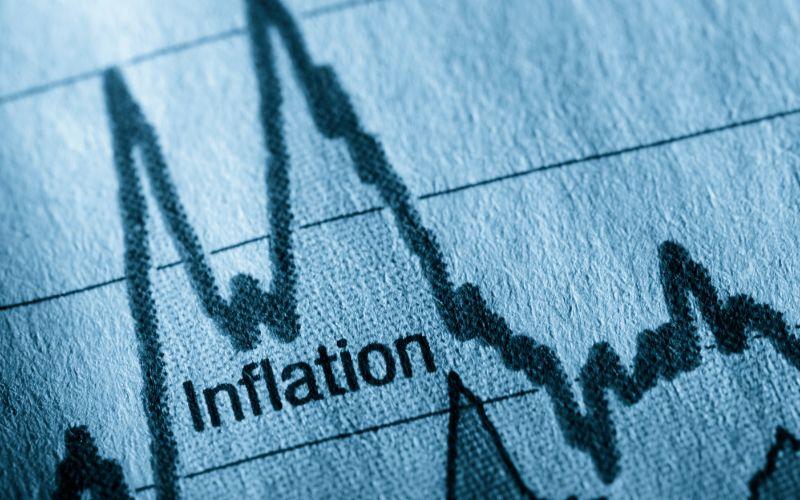
Nepal’s inflation dynamics have shifted significantly over the past year, with headline inflation moderating sharply and food prices entering deflation for the first time in several years. According to the latest macroeconomic indicators, the Consumer Price Index (CPI) has fallen to 2.20 percent in 2024/25, down from 3.57 percent last fiscal year and well below the peaks witnessed during the inflationary period of 2021/22 and 2022/23. While falling inflation offers relief to consumers, economists warn that such a steep decline may also signal weakening demand and a slowdown in overall economic activity.
The most notable change appears in the Food CPI, which has plunged into negative territory, declining by –1.19 percent in 2024/25. The mid-October figure, however, shows a temporary spike to 7.20 percent, suggesting seasonal volatility and supply-side fluctuations. The projected figure for mid-October 2025/26, at –2.54 percent, points toward a possible return to food price deflation. Analysts caution that persistent deflation in food commodities could hurt farmers’ earnings while reflecting subdued purchasing power among consumers.
On the other hand, Non-food CPI remains comparatively stable, rising by 4.12 percent this fiscal year. Mid-October estimates for 2024/25 and 2025/26 stand at 3.49 percent and 3.80 percent respectively. The divergence between food and non-food inflation suggests that price pressures are now concentrated in services, transportation, housing and education rather than essential food items. Economists note that the declining cost of food commodities is not necessarily due to structural improvement, but rather weakened consumption and lower import demand.
The annual average CPI has eased to 4.06 percent, compared to 5.44 percent in 2023/24 and 7.74 percent in 2022/23. This downward trend indicates a cooling inflation environment, although it may also reflect reduced economic momentum. A similar pattern appears in the National Wholesale Price Index (WPI), which dropped sharply to 1.05 percent from 4.41 percent last fiscal year. Mid-October indicators also show WPI at 5.51 percent, suggesting short-term fluctuations but a longer-term downward trend.
The wholesale price index's annual average has fallen to 3.84 percent, compared to 8.47 percent just two years ago. Falling wholesale prices usually indicate declining production costs and lower industrial demand. Analysts say the drop mirrors Nepal’s sluggish manufacturing and trade activities, which have been hit by weak credit demand, political uncertainty and slow government development spending.
The slowdown is also evident in wage dynamics. The Salary and Wage Rate Index (y-o-y) stands at 2.63 percent, one of the lowest levels in recent years. By mid-October, it had risen to 3.31 percent, but this remains far below the 8–10 percent annual growth recorded in 2021/22 and 2022/23. Low wage growth is a sign that sectors such as construction, manufacturing and services are expanding slowly, limiting job creation and income growth.
Annual average wage growth has similarly declined to 2.85 percent, compared to 5.09 percent in 2023/24 and 9.90 percent two years prior. Stagnant wages combined with declining inflation point to a cooling labour market where both job opportunities and salary increments have become limited. Economists warn that prolonged wage stagnation could weaken household consumption and reduce economic momentum further.
Meanwhile, Nepal’s Gross Domestic Product (GDP) at current prices has continued to grow steadily—from Rs 4,352.6 billion in 2020/21 to a projected Rs 6,107.2 billion in 2024/25. While the nominal GDP growth appears strong, analysts caution that real growth remains modest once inflation adjustments and economic slowdown factors are considered. They argue that subdued inflation, weak wage growth and low credit expansion all point toward a fragile economic recovery.
Taken together, the indicators suggest that Nepal is entering a phase of low inflation but also low growth. While households may welcome cheaper food prices, declining wholesale inflation and weak wage growth raise concerns about economic stagnation. As consumption slows, investment remains muted and credit demand remains weak, experts argue that Nepal may need decisive policy intervention—such as boosting capital spending, improving business confidence and accelerating reforms—to prevent prolonged economic sluggishness.
